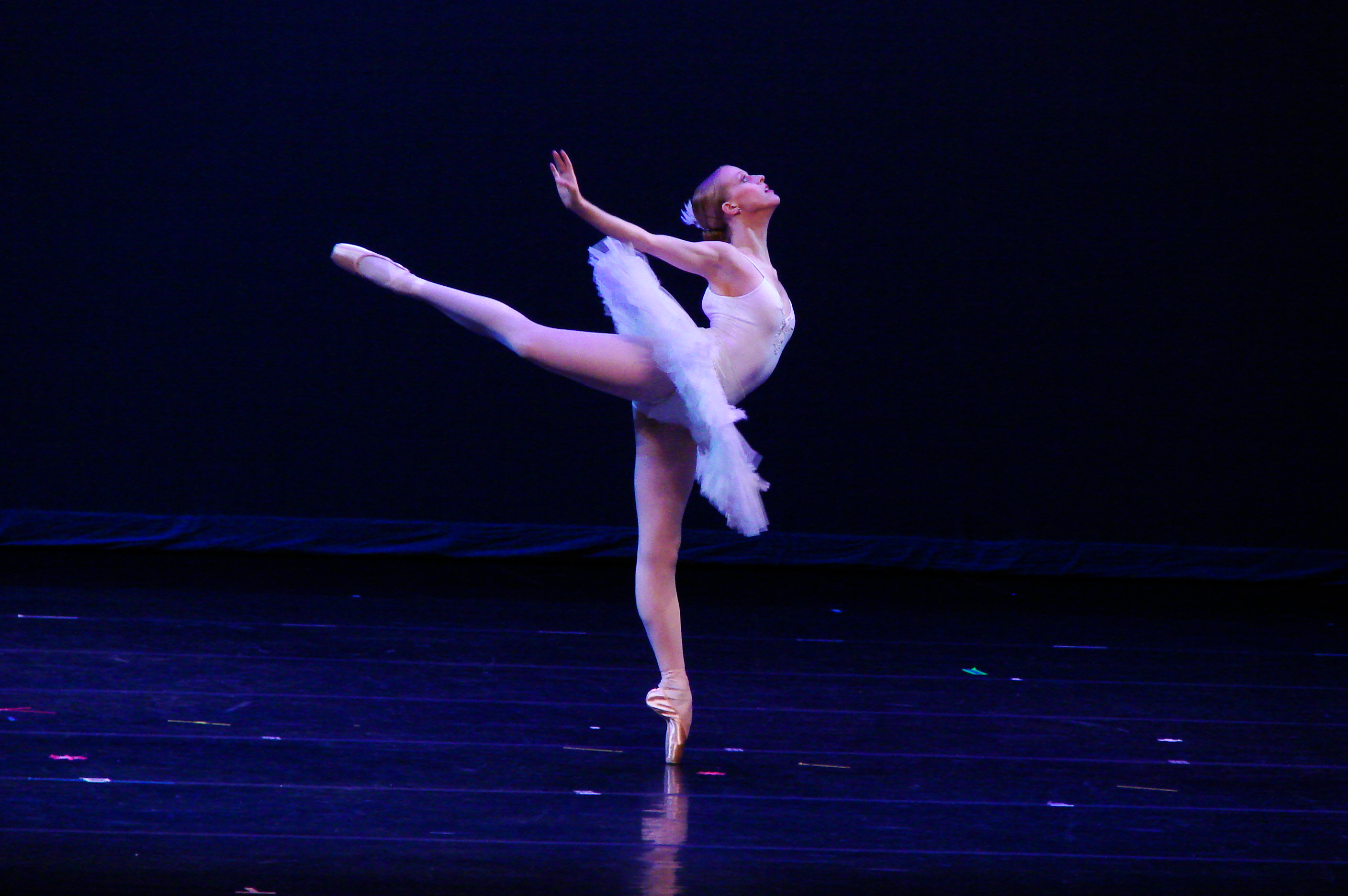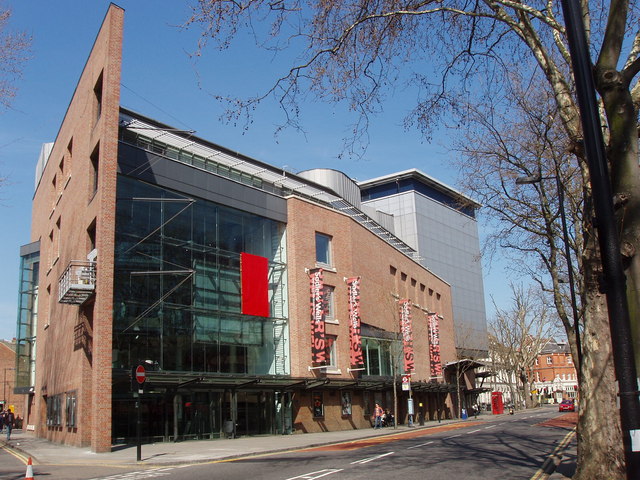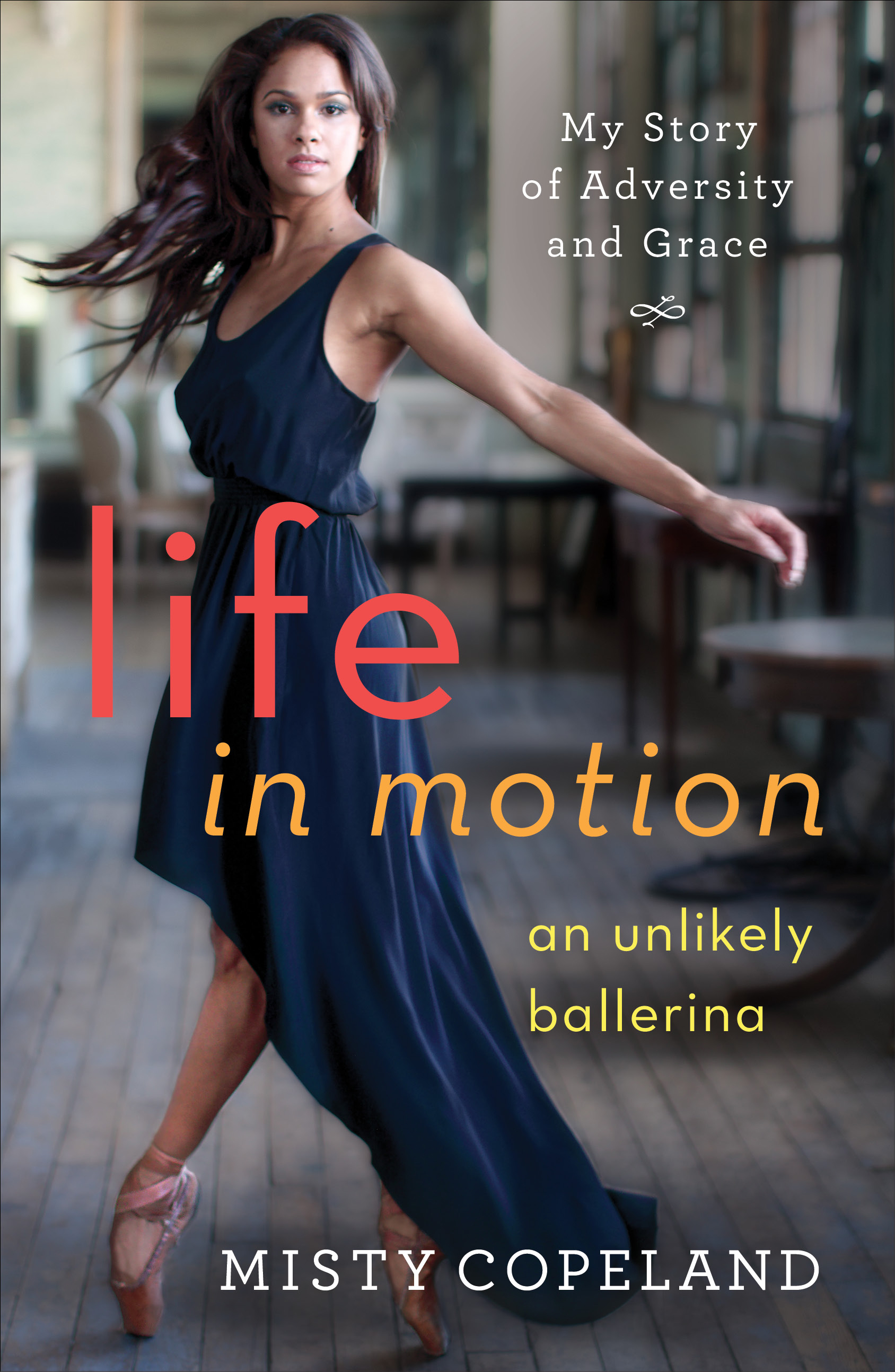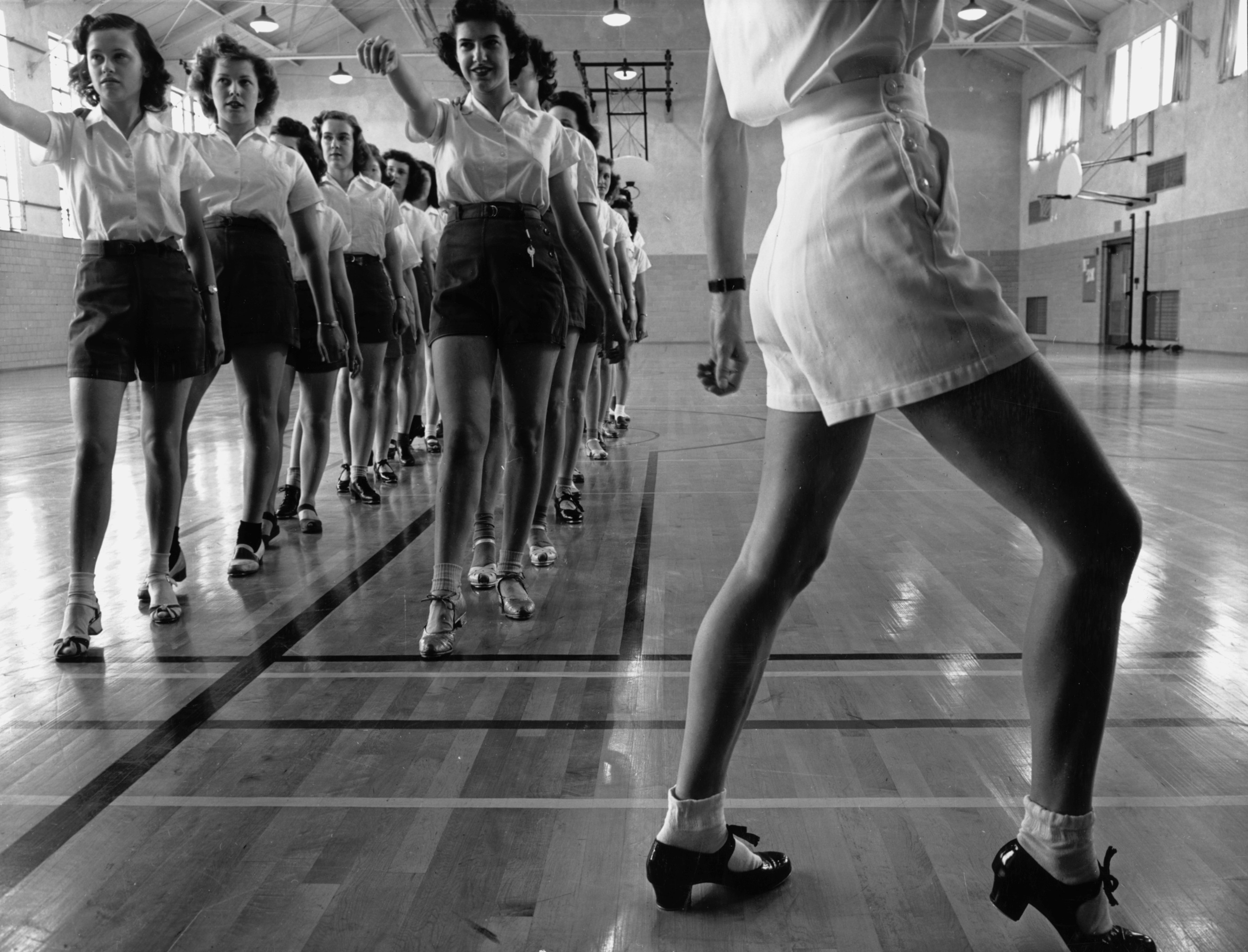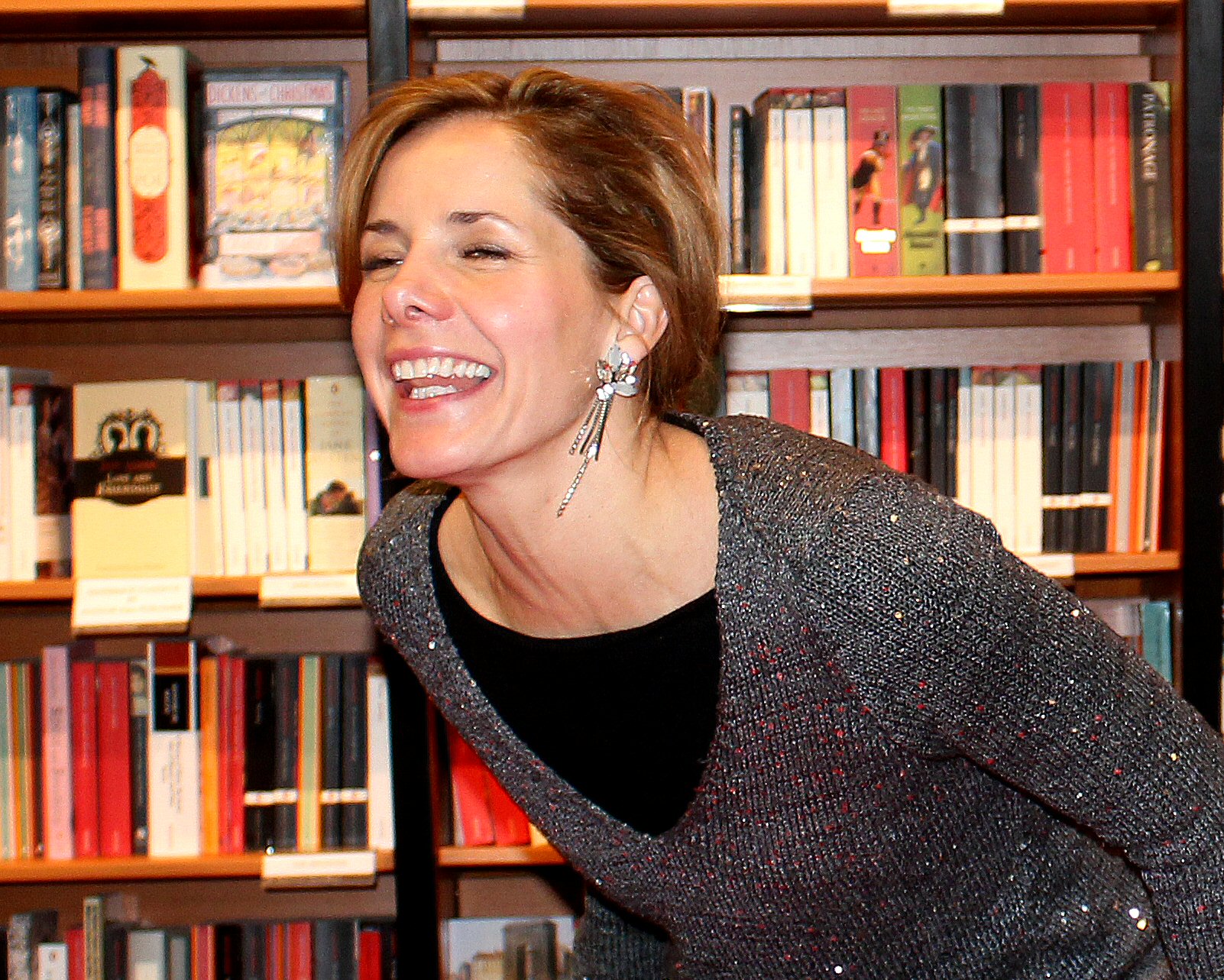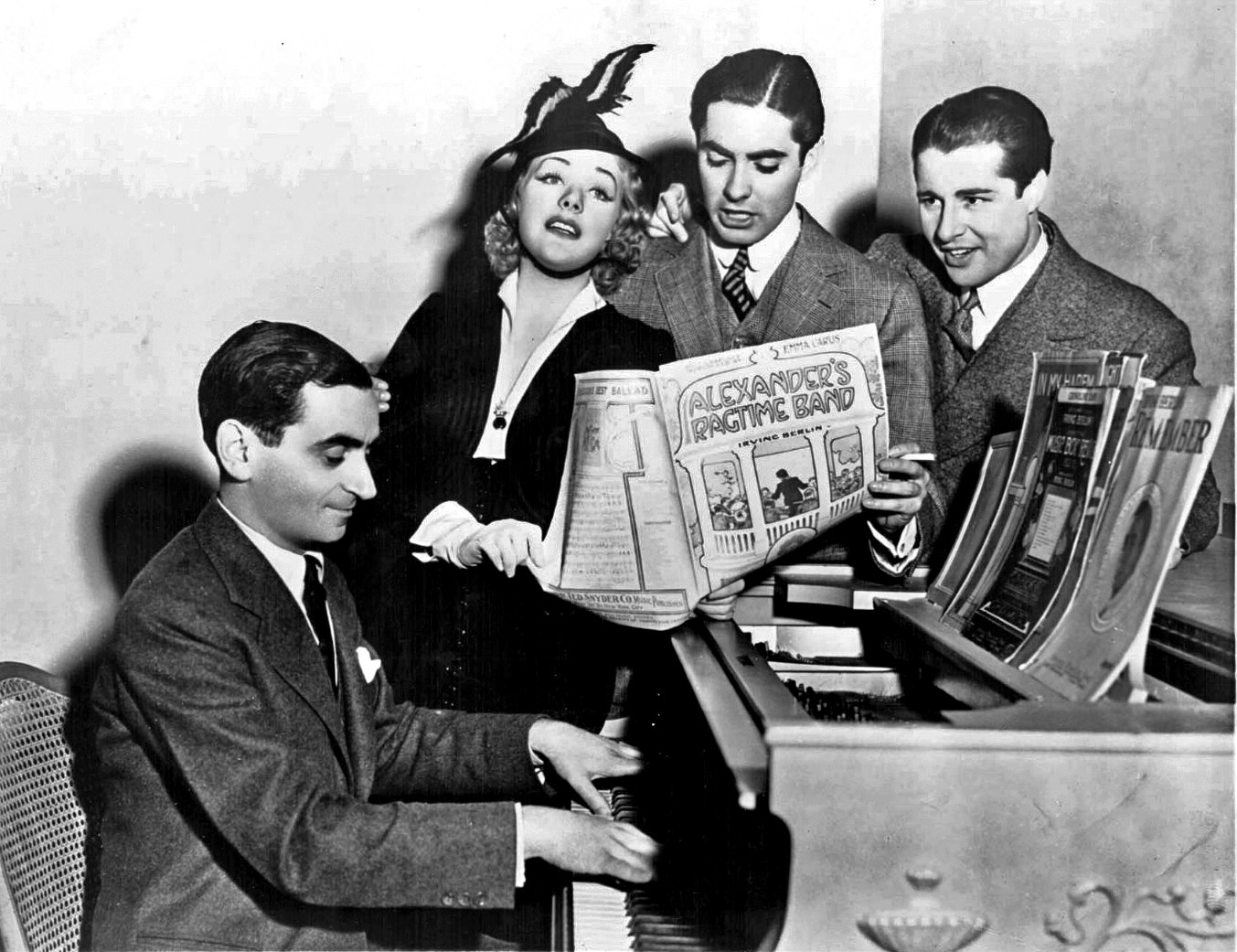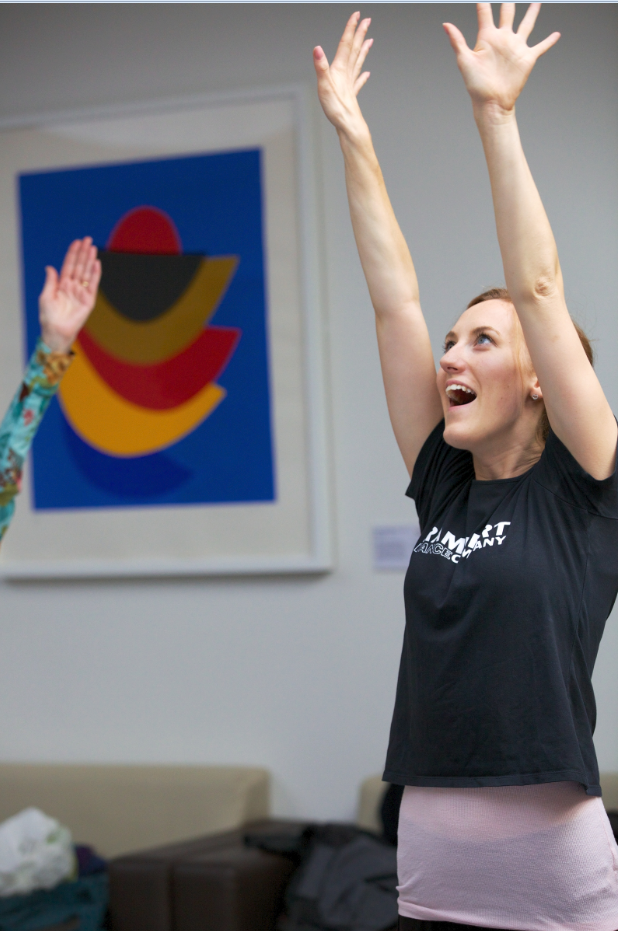 Katie Mason is currently the Elders Programme Coordinator and an Animateur at Rambert, in addition to being a freelance community dance artist working for companies such as English National Ballet, as well as independently, Katie teaches different ages in different community settings, such as school workshops, elders groups and sessions in hospitals, as well as regularly teaching early years at Rambert.
Katie Mason is currently the Elders Programme Coordinator and an Animateur at Rambert, in addition to being a freelance community dance artist working for companies such as English National Ballet, as well as independently, Katie teaches different ages in different community settings, such as school workshops, elders groups and sessions in hospitals, as well as regularly teaching early years at Rambert.
She graduated with a BA Hons in Dance from the University of Chichester in 2012 and subsequently from Trinity Laban with a Diploma in Dance Teaching and Learning. For three summers Katie assisted in New York as a group leader/mentor for AileyCamp, a summer school run by the Alvin Ailey Dance Foundation for disadvantaged young children. In 2011 Katie also visited Cape Town to deliver workshops for Dance for All, a charitable organisation taking dance into the townships of South Africa.
Have you always wanted to be involved in dance? How did your involvement begin?
I started dancing when I was a very young, covering different styles. It was when I was introduced to contemporary dance at the age of 14, and subsequently going on to study it for A Level that I that I started to see the possibilities of where dance could lead me in the future.
Did you train? Where, and what was it like?
I went to Chichester University to do BA Hons in Dance which I really enjoyed as it gave me a general overview of the dance industry at a high standard. There was a lot of practical elements to the course; technique, performing, choreography and teaching as well as the theoretical elements to back it all up. Allowing me to explore the community dance aspect at university inspired me to study further for the Diploma in Dance Teaching and Learning at Trinity Laban. This course taught me about different teaching settings and helped me to become reflective of my own practice. By taking a part time course it enabled me to work in the community dance industry alongside studying so I could put my learning into practice which I felt was invaluable.
What is a typical day like now?
Being a freelance dance artist and Elders Programme Coordinator allows my days to be incredibly varied and sometimes chaotic! Often when I’m in the office, I will start the day assisting in a Dance for Parkinson’s class and then the afternoon will be spent answering emails and administrating the six projects on the Rambert Elders Programme that has been funded by City Bridge Trust. Another day I may spend the morning teaching movement to patients in a hospital, followed by a school workshop in the afternoon. Saturdays you can find me teaching 2-7 year olds at Rambert, which is a definite contrast to the rest of the week!
Tell us more about your work with older dancers – what do you enjoy most about it?
Our Elders Programme at Rambert includes Dance for Dementia and Dance for Parkinson’s workshops in local day centres, Hounslow Senior Group and outpatient workshops at Chelsea and Westminster Hospital. Although they are all for over 60s they are each so varied and bring their own joy and challenges! I am lucky enough to teach on two of the projects; Hounslow Seniors Dance Group and the workshops at Chelsea and Westminster. The participants are always enthusiastic and many have not danced before or know about Rambert and contemporary dance so to see them taking part in something out of their comfort zone is brilliant. We always end our sessions with refreshments and this is always a lovely part to engage in and listen to our participants thoughts and fascinating life stories! Many older adults find TV their main companion: by bringing dance to them we are combating physical inactivity and increasing social lives. To know the physical and psychological benefits that participants can gain from taking part in our dance classes makes it rewarding.
What has been the most memorable moment of your career to date?
Most probably working in America assisting with AileyCamp Newark for three consecutive summers. It was an incredibly inspiring project, the staff put so much energy into making it as successful for the campers as possible and by the end of six weeks to see the change in the campers was so rewarding. I feel very privileged to have been a part of that project!
What is your favourite thing about dance?
Our sessions are full of smiles, creativity and joy for all ages and abilities – that’s what dance is all about!
And the worst?
Still the lack of recognition from the NHS and government about how important dance can be in schools and during treatment as well as for the elderly.
What or who inspires you most on a daily basis?
My colleagues for their determination and dedication to making dance and the arts accessible for everyone.
What advice would you offer to someone hoping to go into a career in teaching?
To be open and positive, teaching can vary so much – day to day, session to session and you just have to go with it to be able to give your participants the best that you can.


